|
Every spring people come in looking for annuals before the frost date. Knowing that frost kills most young plants, we don't bring them in to sell 'till the frost date is past. I guess we should because we would satisfy our customers AND we could sell them again to the same customers when the little plants are killed by frost like the one we had surprisingly last night. I guess that I am so disgusted at the efforts required to protect plants from frost here at the nursery we just decided to wait till the danger is past. That doesn't stop big box stores from selling the plants but we hope our customers appreciate our approach to protect them from unnecessary efforts and loss.
Conventional wisdom is to wait until the frost date (ok to plant time) on Memorial Day. What is frost and when does it occur? I have seen frost at 41f. How could that be if the freezing point of water is 32f? Don't ask me. Frost always: 1. seems to be preceded by cool windy afternoons 2. needs cloudless nights 3. 41f and lower 4. migrated directly through plastic if there is plant contact (need space between) but not so with a fabric like burlap 5. quiet still nights 6. can be postponed by the presence of water on the leaves (water freezing gives off enough heat to protect young leaves for a period of time) Frost never: 1. occurs under any kind of overhang 2. occurs under any kind of woven blanket 3. happens on cloudy nights 4. happens on windy nights The mechanics are extremely complicated. Heat radiates from everything out into space but the clouds, burlap, overhangs, etc, block that loss, radiating the heat back to the surface. The wind disturbs that loss somehow. When there is frost on let's say, lettuce, water inside the cells freezes and the ice crystals pop through and break the membrane of the cell. This breakage also occurs on stems of young plants, and can actually kill the entire plant if it is fleshy and youthful enough. Hope this helps. 50 lbs lime raises the pH of 1,000sq ft of soil by .75 pH points. Target pH is 7.0 for lawns and veggies. Test eventually settled down to 7.0 because this soil was made up wholly of decomposed wood chips.
Plant it in March. Harvest in April! Withstands freezing and frosts, likes the cold. This crop came as a gift from first generation "eyetalians" who really have a great relationship with Mother Nature and the kitchen table ( not to mention the home brewed Cabernet). Americans have lost their agricultural roots, let's get 'em back!!!
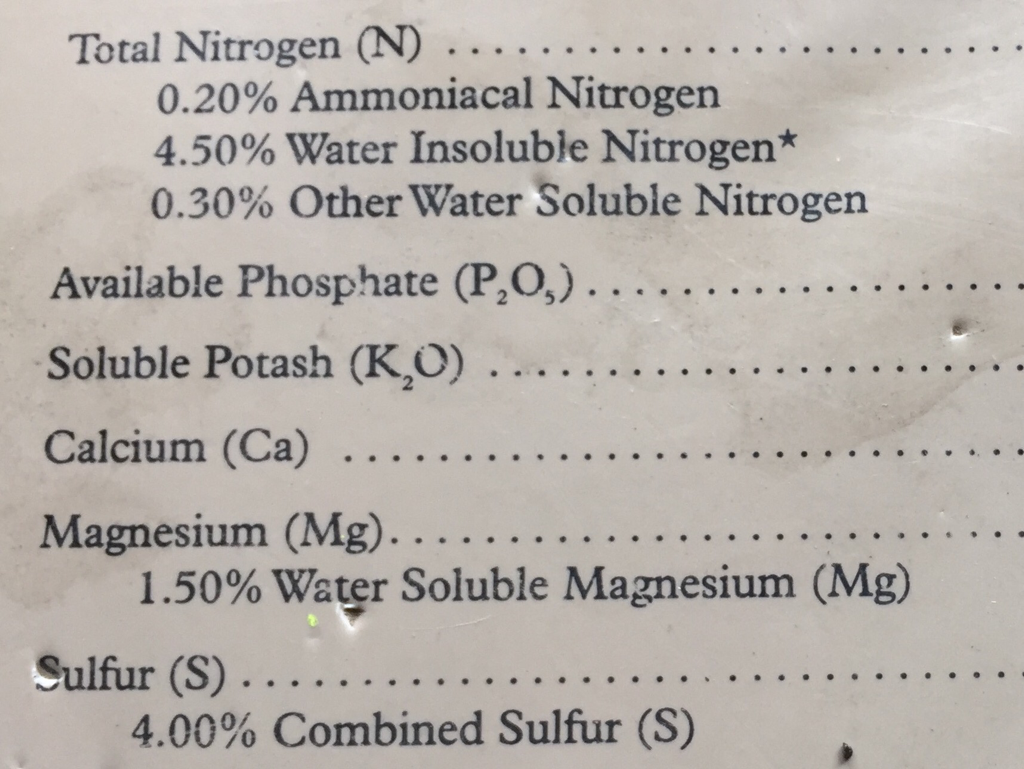 CHEMICAL FERTILIZER vs. ORGANIC FERTILIZER:
On a molecular level, the nutrients are identical, so I don't understand how organic fertilizers have gotten such publicity. It matters not where the source of the nutrients came from if the molecule is the same to the plant. Having said that, the chemical fertilizer is more concentrated and lasts longer so repeat applications are not necessary at a lower cost. Organic fertilizers cost more, you get less and they have to be reapplied. However, if you still are not convinced of the logic of using the chemical fertilizer, we sell the best organic fertilizer that we can find. It is made up of crushed bones, dried blood, crushed fish, and langbeinite. Langbeinite is a potassium magnesium sulfate mineral. Click on facebook box above for instructional roundup spraying application video.
For those of you comfortable using Roundup, this video shows what to do to prepare your soil for planting. Roundup is a growth hormone that keeps plants from storing energy so it has to use up its stores of reserves, starving itself to death roots and all. Microbes eat it in the soil so there isn't a residual and new plants do not absorb it. Roundup is only absorbed by plants when you spray plant leaves. Using it means a hell of a lot less work in bed preparation. Roundup does not prevent weeds from growing back, that's what mulch of some sort does. If you don't want to use Roundup, you better start weeding now, it is one of the most time consuming issues for homeowners and nursery owners. Two rules: Full sun and close to the house.
Shade means low production/no production. Far away from the house means the garden will turn into a weedy, hard to water hassle that you wish you hadn't planted. Wild onions= scallions. I JUST bought scallions at stop and shop for $4 for potatoes for Easter dinner. Then went home and mowed the lawn and saw the very same plant I had just bought at the store growing in my lawn (getting mowed) -felt like a fool. Well then, thinks me, why the hell am I buying them three minutes before at stop and shop??? Same with sorrel we sell as an herb. It grows all over the place as a weed in the lawn. Can you get more healthy and organic than fresh plants growing in our yards? Just thinking that I should start rethinking how much stuff I can grow myself- there's probably more than meets the eye.
Extremely important to have the pH of the soil at 7ish. I bet you don't know your pH. You don't have to know. Bring in a tablespoon of your soil and we will test it for you (costs a few dollars). If your soil is acidic, we add lime to it. 50lbs raises the pH of 1,000 sqft of soil 3/4 of a pH point.
Why is it important? Phosphorous (roots, fruits, and flowers) is needed for plant growth. It's already in the soil, but locked up in a chemical form unavailable to veggie plants at levels below 7.0. Solution is to raise the pH so whats already in the soil as well as whatever you add can be in a form that can be absorbed by the plant. Plants and lawns that have an acidic soil are deprived in all ways and will be nothing but a disappointment, so lime your soil to bring the pH up to 7.0. When to do this? Any time of the year, all year long, doesn't matter. It takes a long time to change the pH and a long time for the lime application to wear off. Your soil will always revert back to it's original pH. Our garden soils are already adjusted to a pH of 7 so when you buy them, you've got nothing to do. If you do not check this you can have a garden anyway yet production might be hampered. Lime is CHEAP... Seems to me that Americans are losing the knack for growing at least some portion of what goes onto their plates and into their mouths. Maybe that's the nursery industry's fault, who the hell knows. Maybe we can reverse that to some degree here and now by spreading the word about what conditions veggies like in your back yard.
There is more to it than meets the eye so to make it all make sense, I'll download onto this blog what I know over the course of this growing season and see what happens. Any questions, come in and ask. Actually kinda disgusted by Stop and Shop- offering us industrial food. I know that they cant help it because they are who they are but I don't think that we should be so dependent upon industry to feed us 100% of the time. Pretend you are a plant. Pretend you are standing barefoot on a NYC sidewalk. Now imagine standing in the sand on a beach in Hawaii. Which feels better? That's similar to how it feels for a plant to grow in soil well worked vs. hard compacted soil. Veggies are essentially crybabies and need you to do the work for them in the soil so they can focus on expanding above the soil. The harder they have to work getting through the soil, the less they can do up top. So make 'em happy and they will repay the favor. Essentially, if you can plant the starter plants barehanded, you have done your job. If you need a tool to plant them then you probably will not get the most out of your garden. Loose fluffy dark soil with lots of semi-rotted organic matter is what they need. We sell loose fluffy garden soil that you can veneer over the top of existing soil or you can turn over existing soil with a pitchfork or rototiller. Incorporating peat moss or rotted leaves or rotted wood chips is good. Soil pH should be 7. You really need to mulch the top with organic matter of some sort to control weeds. There is a picture of how far you should be able to shove your arm into fresh soil in our topsoil section in this website. Conclusion: pretend you are a plant-Would you want to live in your soil?
|
Archives
July 2023
Categories |
Winter hours-
|
Telephone(203) 261-3926
|

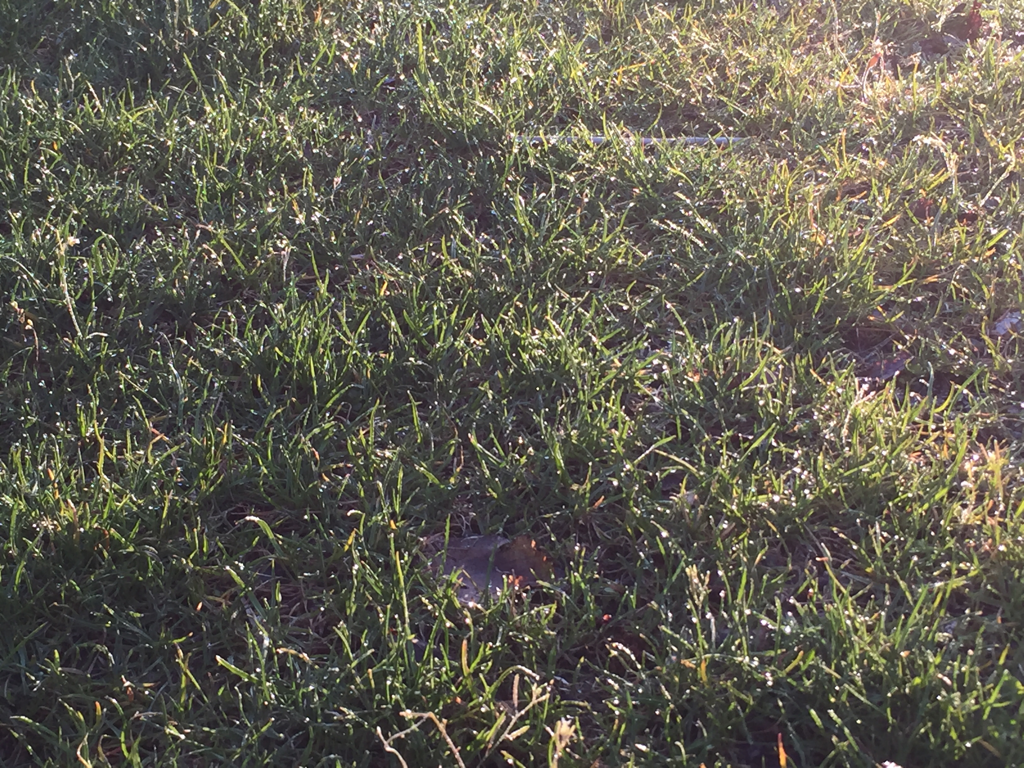
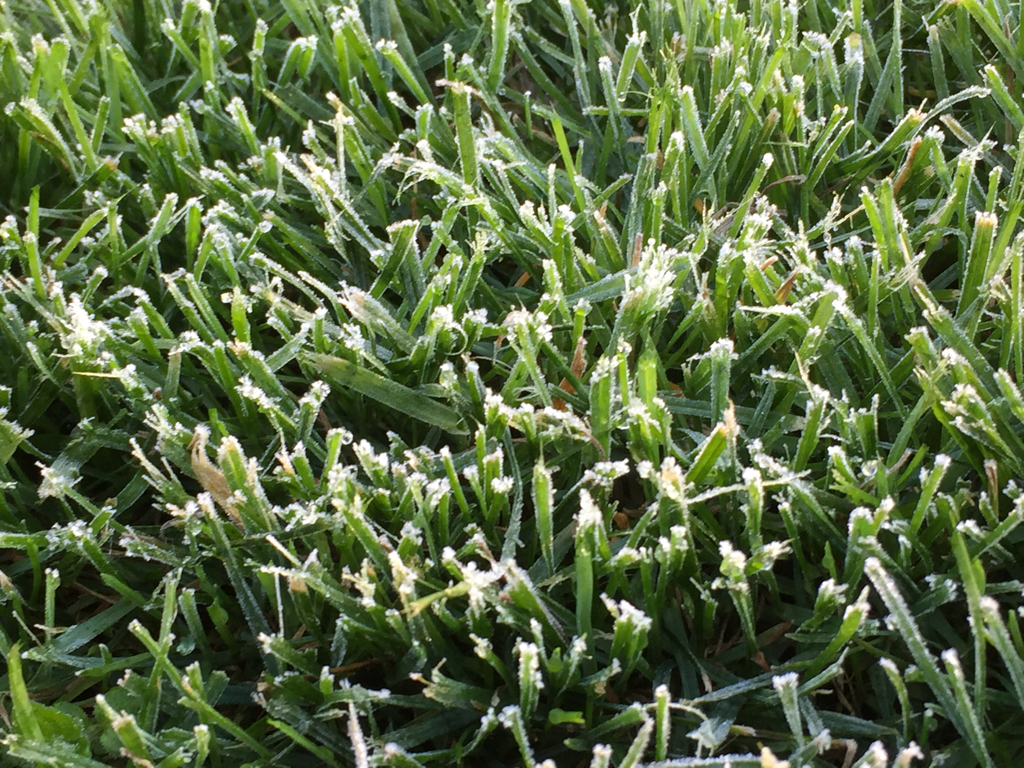
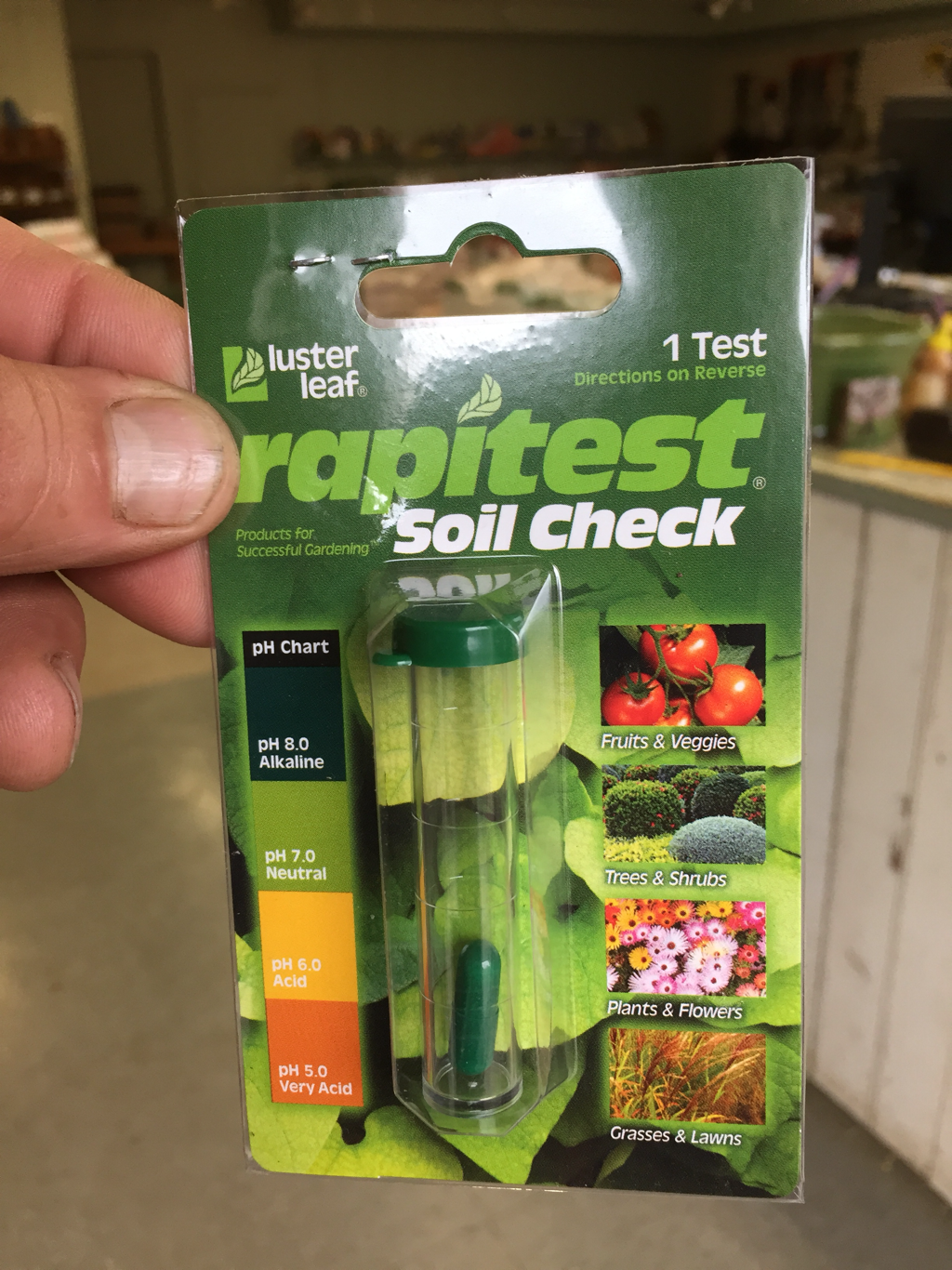
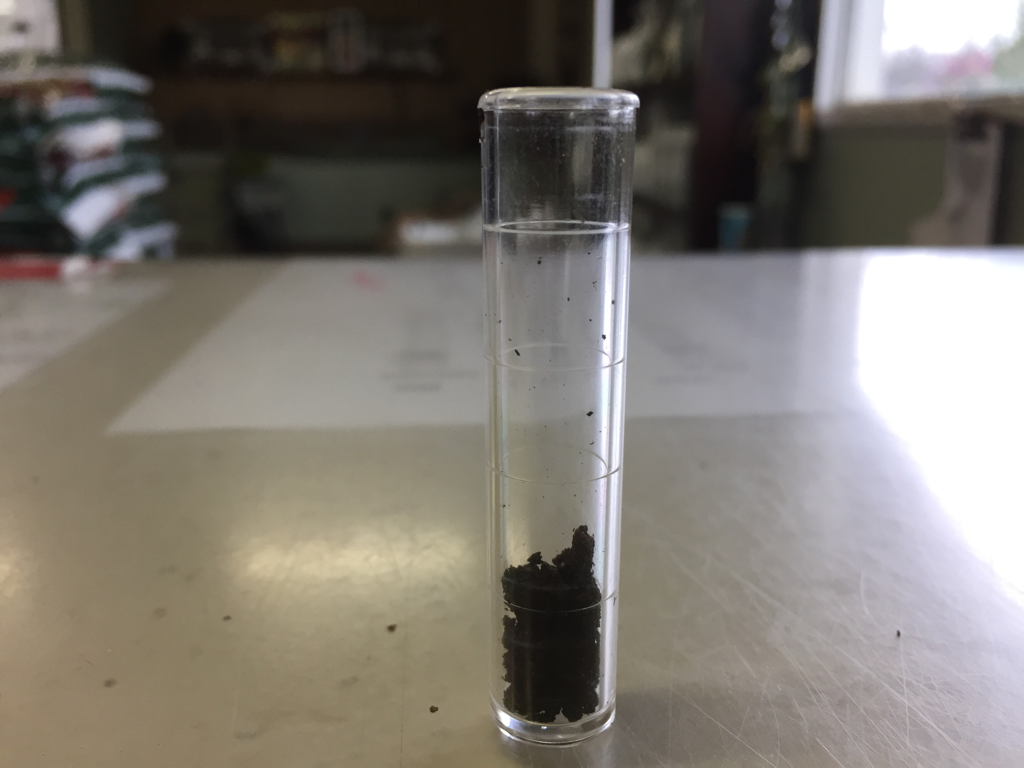
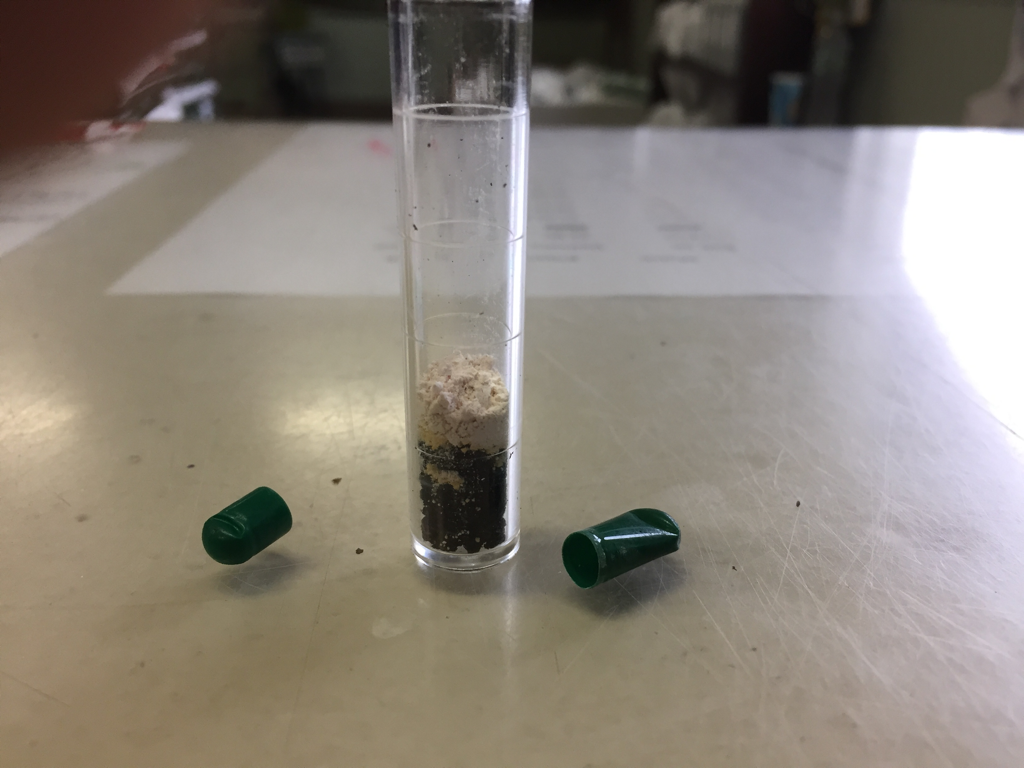
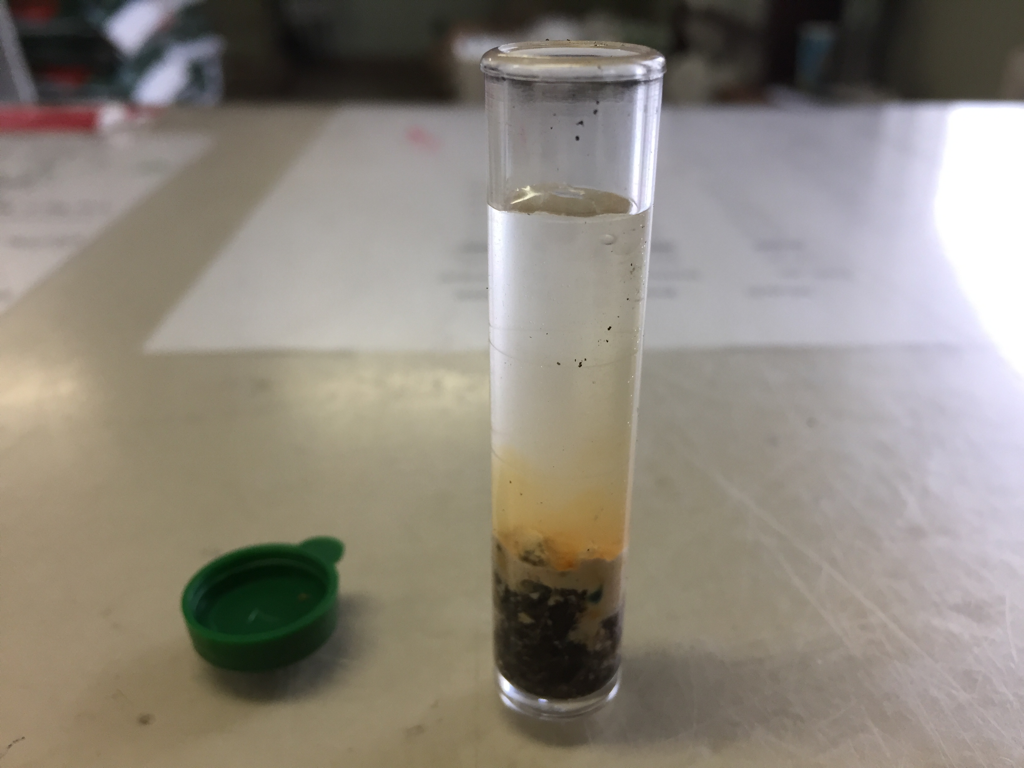
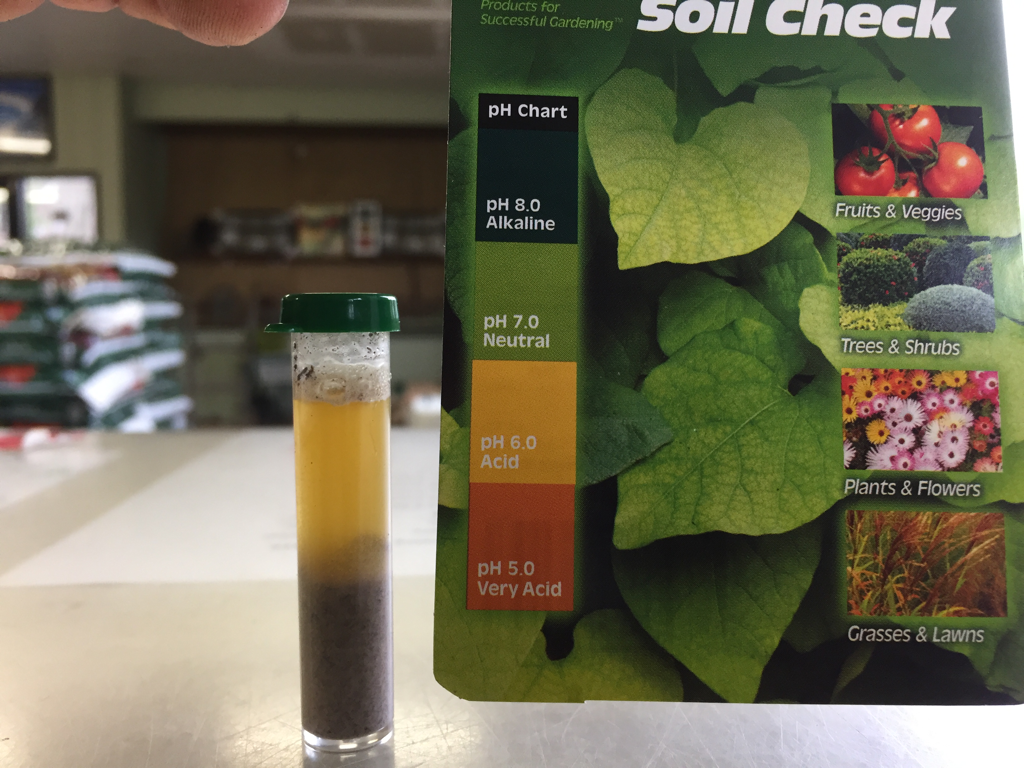
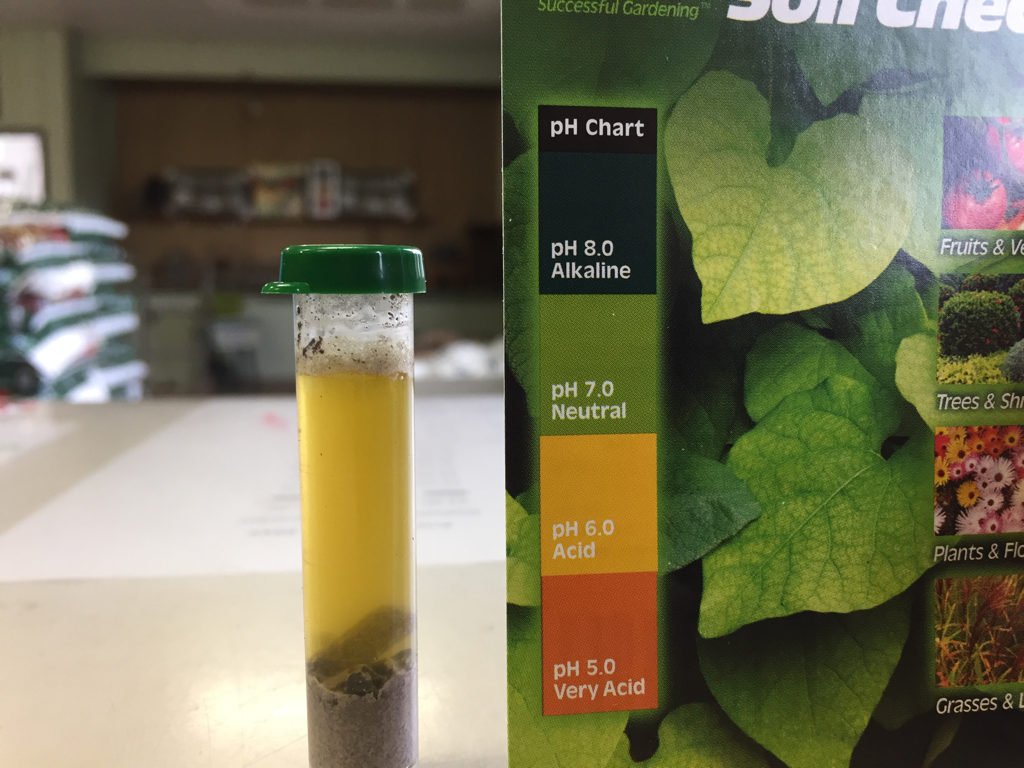
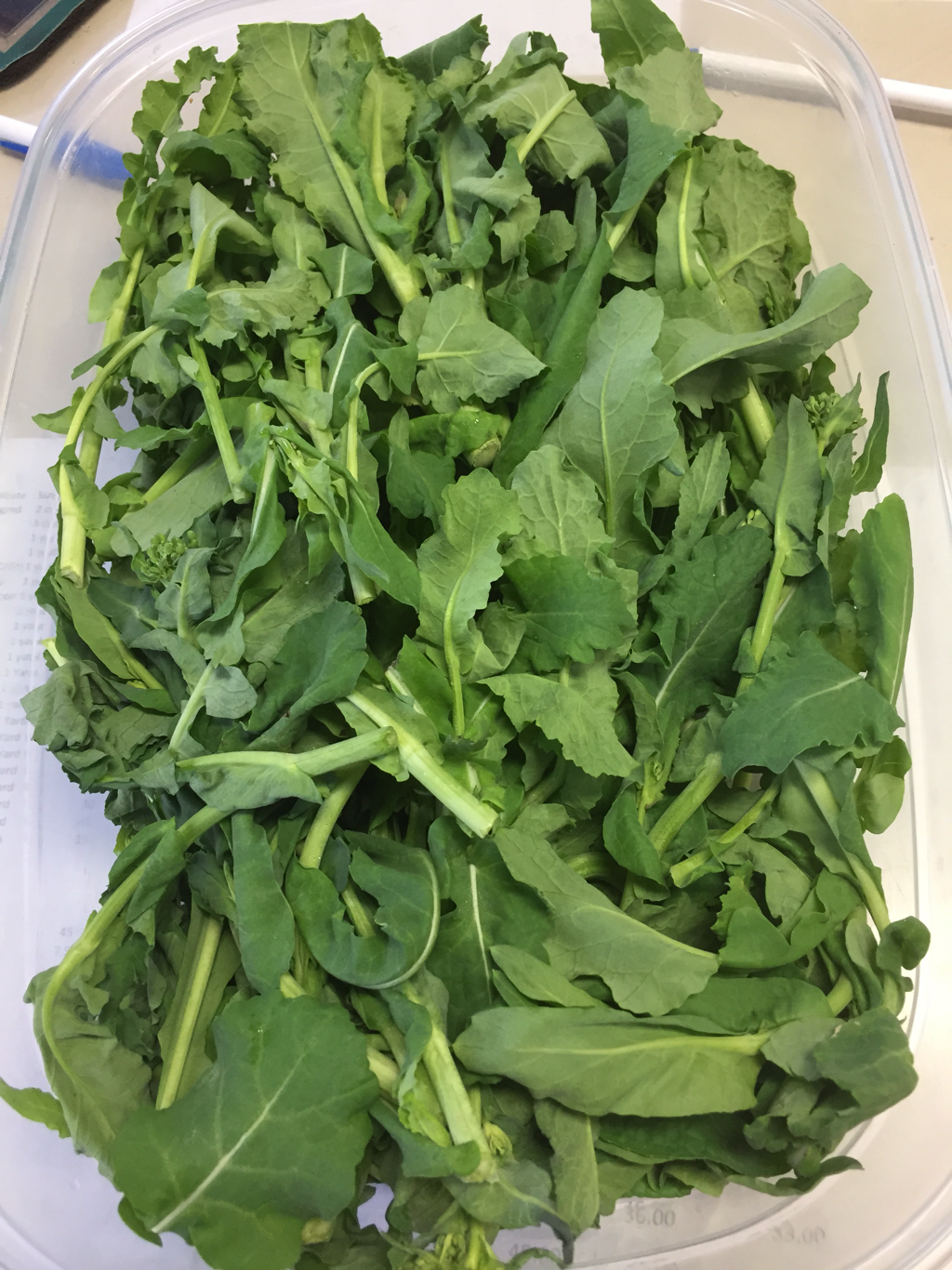
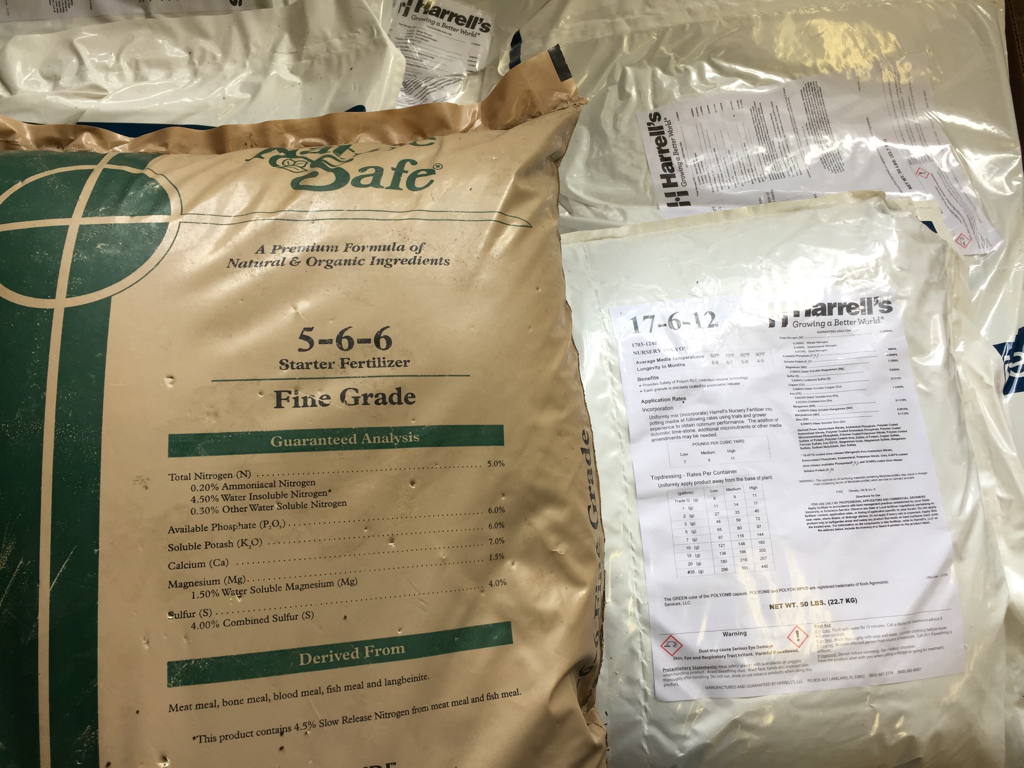
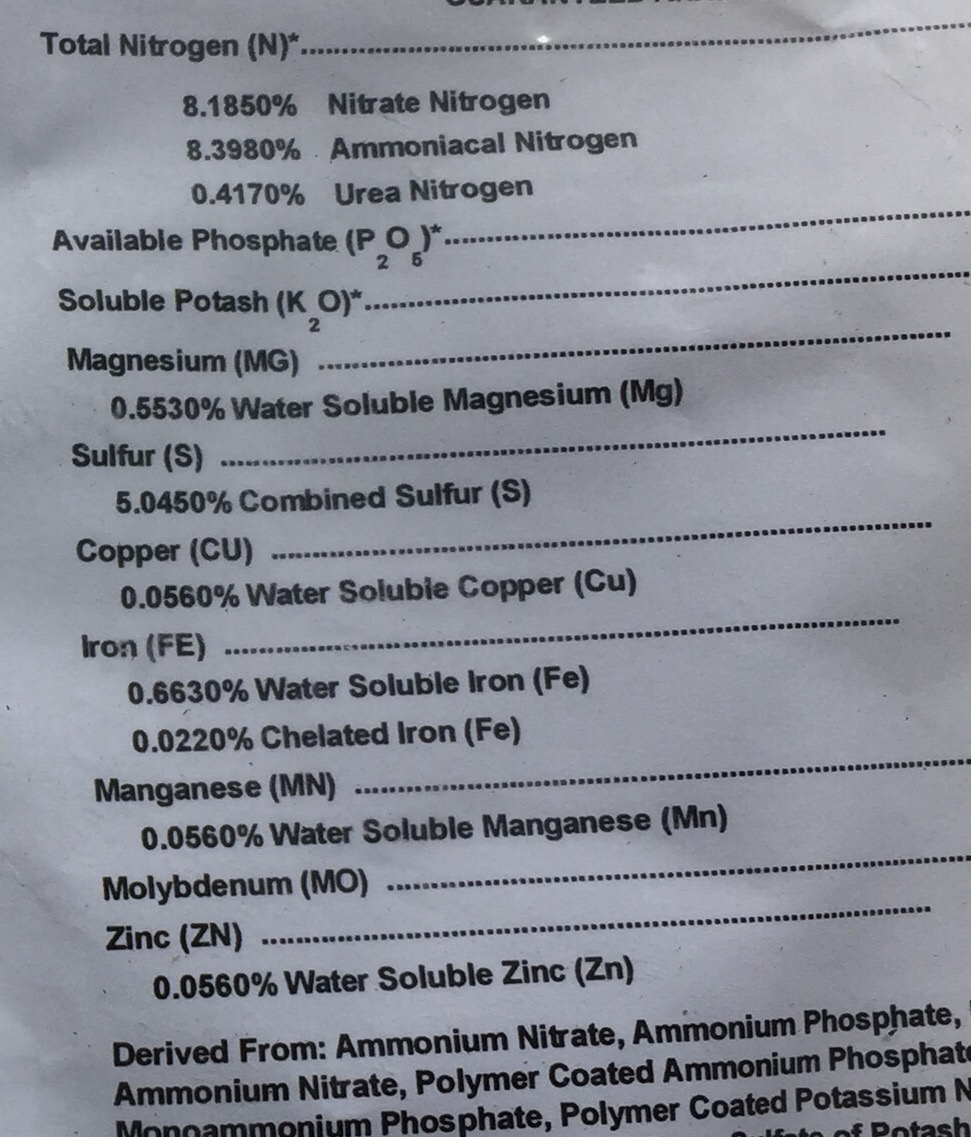
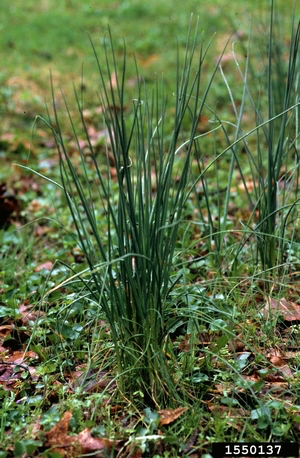
 RSS Feed
RSS Feed